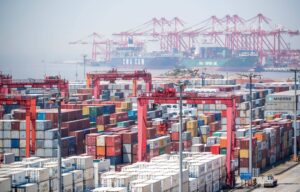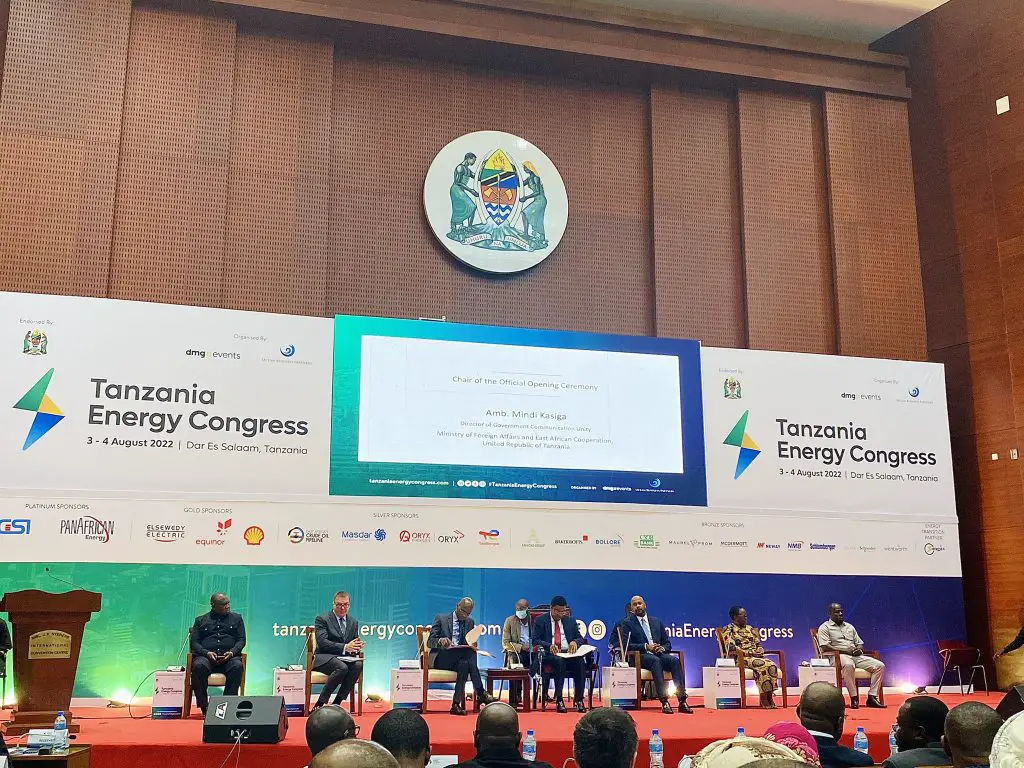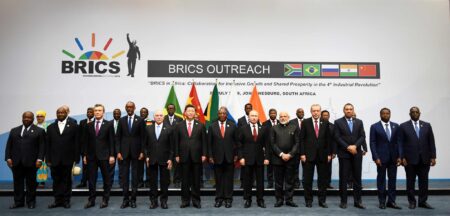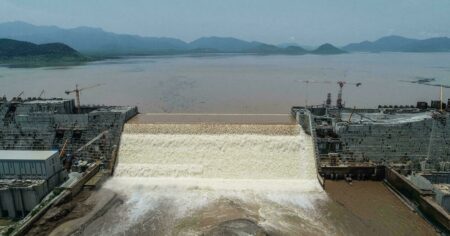- Mega oil projects in East Africa such as EACOP are transforming the way local content is executed
- Pan African Energy Tanzania (PAET) is transforming energy generation capacities in Tanzania
- Tanzania is planning to expand its power ambition by becoming an independent power provider beyond the border
TheTanzania Energy Congress (TEC) kicked off in the nation’s commercial capital – Dar es Salaam by summoning more than 1000 participants and 100 exhibitors from 25 countries worldwide at the forefront of top-tier discussions about partnership and groundwork.
TEC is unveiling several exciting issues that could bring Tanzania’s local players and international oil and gas companies on the same page and realize the East African ambition.
With local actors showcasing their groundwork up and downstream such as Tanzania Petroleum Upstream Regulatory Authority (PURA), Tanzania Petroleum Development Company (TPDC), as well as energy producers such as Tanzania National Energy Supply Company (TANESCO), the congress stands to unlock vast opportunities.
The Prime Minister of Tanzania, Kassim Majaliwa, gave hundreds of eager participants a keynote address to develop meaningful conversations on realizing Public and Private Partnerships in the lucrative and complex sector.
As Tanzania begins to mark its territory across natural gas markets in the region and globally but also striking mutual partnerships with international actors and neighbouring countries, the energy congress unveils inner circle points to fast-track the sector.
READ: Oil and Gas in Africa: Tanzania takes lead as it hosts energy congress
The energy ambitions
Gone are days when Tanzania relied on hydroelectric means for its stable power supply to drive its industrialization ambition. Today, Tanzania is squeezing every drop from natural gas plants to vital power industries in the commercial capital, Dar es Salaam, fit motor vehicles with compressed natural gas (CNG) and fire more electricity to power the nation.
In a high-level panel discussion with ministers from Uganda and Tanzania, represented by Minister of Energy January Makamba and Minister of Energy and mineral development Uganda, Ruth Nankabirwa, crucial points were raised about the future of energy generation and partnerships.
The panel discussion, which dived deep into the continent energy landscape and industry’s approach to investing and financing low-carbon energy infrastructure projects in Africa, released several interesting ambitions not only from Tanzania but across the East African oil and gas belt.
According to the Tanzanian minister of energy, Tanzania looks forward to bringing at least 20 prospective exploration assets for auction for key players. The minister expands further, highlighting more investment opportunities for TPDC to work with key players as partners—both onshore and offshore upstream. The latter goes out to CNG stations, pipelines and processing plants.
“We have 1.7 gigs of installed capacity, embarrassingly a low capacity of our size, growth and ambition. We plan to have about 5000 megawatts by 2025. We won’t complain if we do more,” Makamba added.
Tanzania has been battling energy access and production challenges for decades. Throughout the years, in collaboration with stakeholders, Tanzania has begun to get a grip on the matter by tapping into all energy sources, including opting for renewable energies and solar in most cases.
“We are trying to get to a situation whereby we sort out the technical limitation in terms of the base load versus intermittent power into the greed because we see that there a limit in terms of quantity of renewable, we can push into the grid” He added.
Tanzania, which nearly 45 per cent of its relies on natural gas, has bigger ambitions ahead. Tanzania is thinking about reaching higher heights—an independent transmission service provider.
READ: Tanzania’s Oil and Gas Congress opens up new investment horizons
“It is a new thing here, but we are determined to it as our laws and policies allow us.” The minister confidently assured the participants.
As Tanzania holds around 6000 kilometres of high-tension lines, the ministry plans to triple that infrastructure to ensure capacity is reliable and ready to go.
In Uganda, where a mega East Africa Crude Oil Pipeline (EACOP) project is reshaping the oil and gas tone and setting a grand stage, numerous opportunities reflect the nature of industry partnerships.
“ We are one, and we have to work together”, Minister Nankabirwa stressed before the oil and gas players present during the high-level session.
China National Offshore Oil Corporation (CNOCC) is among the largest oil and gas companies realizing Uganda’s ambition. The company was operating in three drilling works in Uganda and expected to generate 40,000 barrels of crude oil.
Further, a refinery is underway to process 60,000 barrels a day. According to the Ugandan energy minister, the final investment decision is expected to be settled in June 2023.
However, Uganda relies on hydropower, nearly 90 per cent of all power generated. The East African nation installed power capacity stands at 1,378.1 megawatts, but the consumed megawatts is only 800.
The nation is standing ready to expand its energy generation by further improving power plants and transmission capacities by attracting all potential investors toward nuclear power and geothermal.
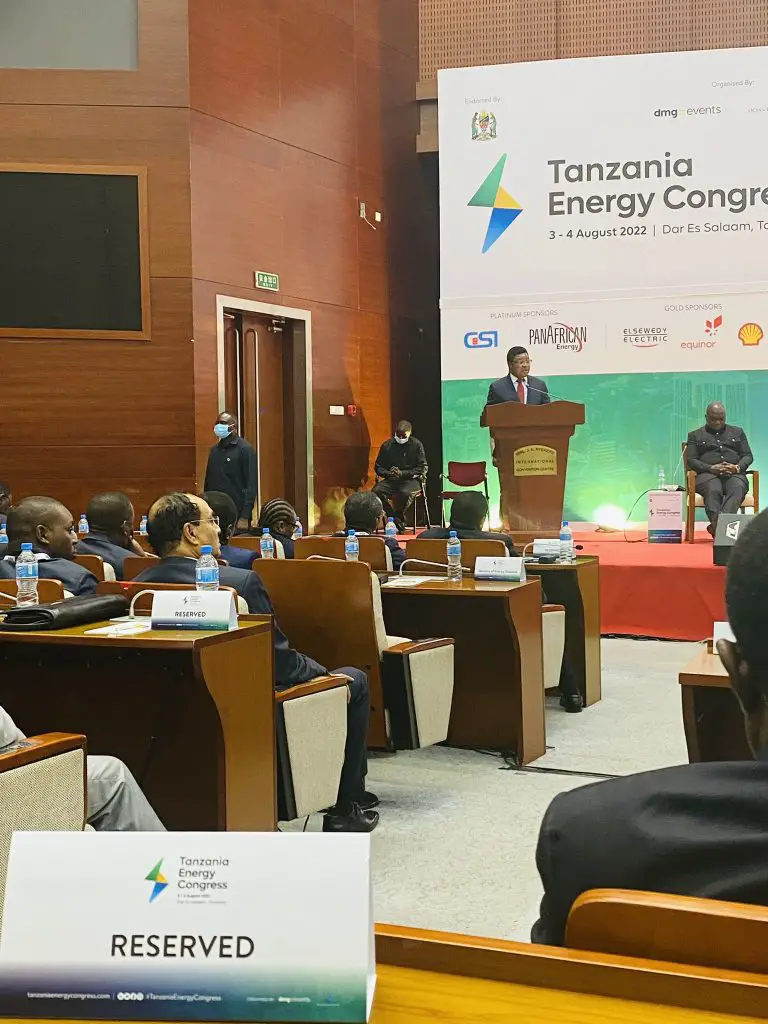
Local content
The energy congress took the liberty to showcase the standing nature of local content uptake across the region. Taking the EACOP project as a clear example, Martin Tiffen, Managing Director, EACOP, noted that 80 per cent of the linear pipeline would be in Tanzania’s underground, and more local content is expected to be felt.
Energy companies such as Pan African Energy Tanzania (PAET) are setting the stage for the latter by developing a local content policy that resonates with the national laws regarding local content.
The EACOP manager noted that local content impacts are seen and felt across the chain as various activities occur throughout the pipeline. The local content features local contractors and sub-contractors hired for building, surveys, land acquisition and archaeological procedures.
However, AbdulRahman Al Yahyaei, Chief Executive Officer Oman Society for Petroleum Services (OPAL), stressed on development of measures to pivot local content in terms of human development and technology attained as it is the most pristine form of benefit available in the industry.
“Technology is the real, local content and not the money you retain”, he added.
Tanzania energy congress is expected to close tomorrow by showing more exhibitions and meaningful discussions about the industry’s future.

